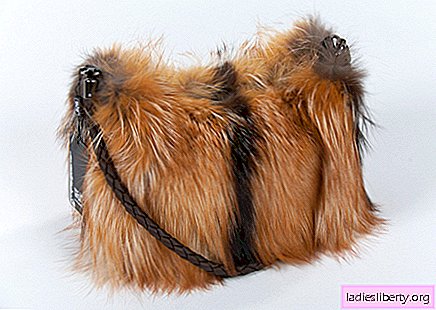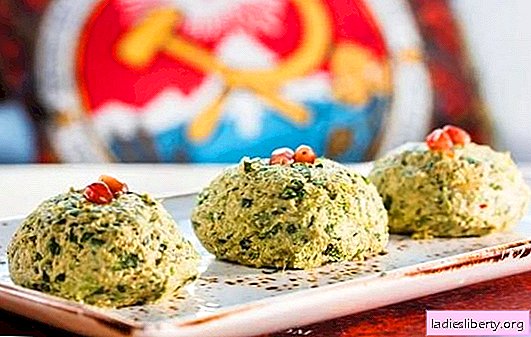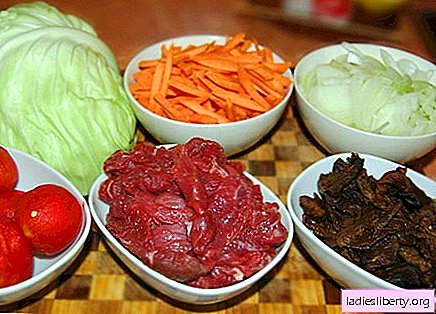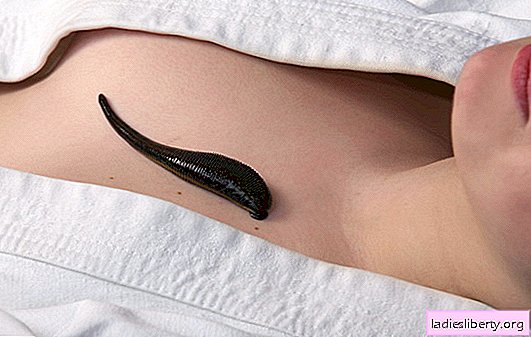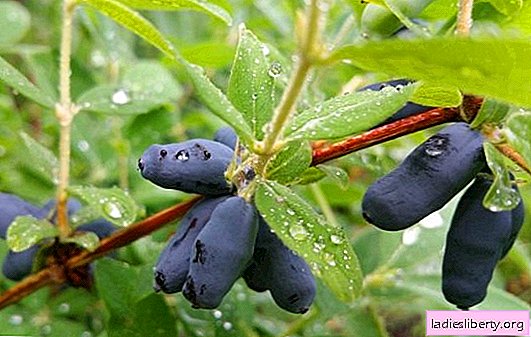
Edible honeysuckle - a very vitamin berry that will help cope with hypertension, colds and vitamin deficiency. Gardeners loved this plant for its early and long flowering, pleasant aroma.
Bushes on the site are planted as hedges and as a honey plant. But far from all varieties of honeysuckle bear edible berries, wild varieties give poisonous fruits.
Edible plant seedlings are purchased only in specialized nurseries. Honeysuckle varieties vary in berry size, taste, yield and frost resistance. We invite you to get acquainted with the best of them.
Honeysuckle for the Moscow region and the middle zone: the best varieties with description and photo
In gardens, only blue honeysuckle is cultivated, which bears fruit with edible fruits. It is represented by many subspecies and varieties. In the midland and Moscow region, growing honeysuckle is not difficult; the main thing is to prevent the plant from blooming again in the fall. This reduces the winter hardiness of the shrub and future crop. For planting, varieties resistant to repeated flowering are chosen:
• "Kingfisher";
• "Morena";
• "Tomichka".
Grade Kingfisher refers to mid-early varieties of shrubs. The plant is powerful, reaches a height of more than 2 m. It compares favorably with other varieties in yield and taste of berries, which are kept on branches for a long time and do not fall off. Fruits are medium-sized, round-oval, sweet, with dense skin. The crop is well stored and transported. Of the other advantages of the shrub, high frost resistance, resistance to pests and diseases can be distinguished.

No less interesting grade "Morena"whose berries ripen in mid-June. Shrub of medium size, grows no more than 1.5 m. Fruits stably, but requires pollination. For this, grades are used: Kamchadalka, Start, Amphora and others. Berries of a pleasant taste, with a thin skin, which is covered with a waxy coating. Keep on branches for a long time, do not crumble after rain. Productivity about two kg.
Variety "Tomichka" average maturity. A low shrub fructifies with large purple berries; they taste sweet and sour. Harvest is well transported and stored. On average, a bush gives up to 3.5 kg of fruit per season.
ATTENTION! for better yields required pollinator varieties: "Blue Spindle", "Blue Bird", "Bachkarskaya" other.
Honeysuckle varieties for the northern regions of the country: the best varieties and features of cultivation
The northern climate is not the best place to grow berries. But today, breeders have bred many varieties of honeysuckle, which are successfully cultivated in such conditions. The main criterion of choice is the frost resistance of the shrub, so that harsh winters and sudden changes in temperature do not affect the growth and development of the plant.
The following varieties are best adapted to the harsh climate:
• "Laura";
• "Elizabeth";
• "Kamchadalka".
Honeysuckle "Laura" It is a stunted shrub with a dense crown. Flowering begins in May, harvesting is carried out at the end of June. The berries are large, elongated, dark blue, sweet to taste, keep well on branches. The shrub tolerates harsh winters well, is not prone to repeated flowering. Productivity from one and a half kg. Berries are for fresh consumption.
Variety "Elizabeth" average ripening of berries. The bush is high-yielding, the berries are large, sweet and sour. The variety is resistant to the vagaries of weather, disease and pests.

Honeysuckle "Kamchadalka" not only fruitful, but also beautiful. Shrub used for landscaping. The variety is undersized, bears fruit in large berries with a delicate taste, which do not fall off the branches. The average yield is from 3.5 to 4 kg per bush, but to achieve such indicators it will be required pollinators. Most often used varieties: "Tomichka", "Cinderella" other.
What varieties of honeysuckle are best grown in southern Russia
For the southern regions of the country, honeysuckle seedlings should be selected no less carefully than for the northern ones. The problem with the cultivation can be heat and dry summers. The lack of moisture in the soil affects the taste of berries, they become bitter. There are few regionalized varieties for these regions, among them good results showed:
• "Silginka";
• "Violet".
Grade "Silginka" easily adapts to dry summers, while the taste of the fruits practically does not deteriorate. The bush is stunted, moderately sprawling, fructifies with medium-sized berries, the taste of which is pleasant, refreshing. The variety is high-yielding, the bush gives up to three kg of berries, which are easily transported and stored for almost a month without loss. Among other advantages of the variety, early maturity, friendly return of the crop, and resistance to shedding of berries stand out.

Grade "Violet" attractive with large, dark purple berries, sweet and sour taste. They ripen in the first half of summer, easily tolerate transportation, and are suitable for processing. The bush is quick-growing, adapted to a hot climate and spring frosts. Productivity a little more than one and a half kg per bush. Among the minuses, instability to shedding berries, strong winds, rains and untimely harvesting of fruits can carry up to 40% of the crop.
What varieties of honeysuckle are the sweetest: characteristics of the best varieties
In nature, all varieties of honeysuckle have a bitter aftertaste. Breeders have done a lot of work to develop the sweetest varieties of this plant. Among them, they differ in their special taste:
• "Gourmet";
• "Bullfinch".
Grade "Gourmand" especially popular among children. The berries are completely devoid of bitterness, sweet, fragrant, juicy, large. A undersized shrub is cultivated in the northern regions. Pollination will require several other early ripening varieties. Fruiting begins in the third year of cultivation. Productivity is high for 20 years, more than 3.5 kg is collected from the bush, but the berries are prone to shedding. Fruits of universal purpose, suitable fresh and for processing. The decorative qualities of the shrub are high, it is often used in landscape design.
Grade "Bullfinch" will please a sweet large berry that does not crumble from branches. The plant is cultivated in most of Russia and the Moscow region. The shrub is self-infertile, requires pollinators. Most often used varieties: "Blue Bird", "Magadan". Productivity of more than 2 kg per bush. The berry is medium-sized, sweet, ripens in late June, suitable for processing. The variety is not demanding to care for, it bears fruit equally well in the shade and in sunny areas.
The best large-fruited honeysuckle varieties
Among all varieties of honeysuckle, there are those in which the weight of the berries exceeds 2 g. These are the largest-fruited varieties with excellent taste and high frost resistance. Gardeners noted several varieties:
• "Leningrad giant";
• The Bachkar Giant.
Variety "Leningrad giant" refers to mid-early species of honeysuckle. The fruiting is stable, the ripening of the berries is extended. The fruits are large, with good care reach 4 g, completely devoid of bitterness. The shrub is hardy, rarely sick and affected by pests. Recommended for cultivation in the middle lane and central regions of the country. Productivity is above average, up to five kg of berries come from the bush.

in the photo berries of the Bakcharsky giant variety
Variety "Bachkar giant" fruiting with large sweet and sour berries. The pulp of the fruit is juicy and tender. Shrub tall, with a sparse crown, easily tolerates severe frosts and thaws, almost not affected by pests. The average yield reaches 4.5 kg per bush. Of the minuses of the variety - easy crumble berries.

